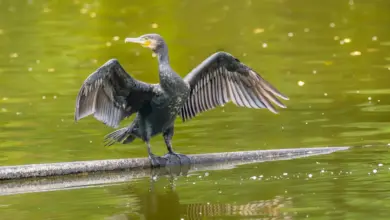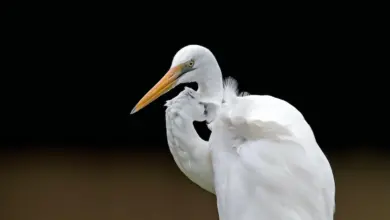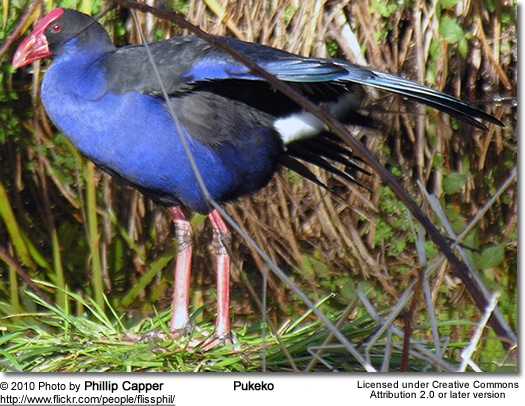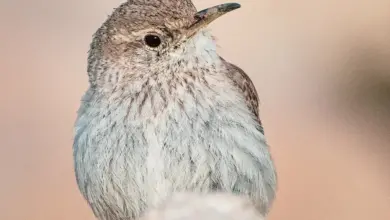Parotia
The genus Parotia are bird of paradise (family Paradisaeidae). They are also known as six-plumed birds of paradise, due to their six-head quills.
Distribution / Range
They are found in New Guinea, to which they are endemic.
Description
The males of the genus are characterized by an ornamental plumage consisting of six-wired head plumes with black oval-shaped tips, a neck collar of black, decomposed feathers that can be spread into a skirt-like shape, and bright or iridescent head and throat markings.
s
Breeding / Nesting
During courtship, they perform hula-like dances and spread out their “skirt” on a patch of forest floor they have meticulously cleaned of dead leaves and other debris. The “hula dances” usually consist of the male hopping from foot and bobbing their heads from side to side!
The males are polygamous and do not take part in breeding or raising the young. clutch size is somewhat uncertain; it is probably usually one egg, but on occasion 2, possibly even 3 may be laid (Mackay 1990).
Species
- Western Parotias, Parotias sefilata
- Carola’s Parotias, Parotias carolae
- Berlepsch’s Parotias, Parotia (carolae) berlepschi
- Lawes’s Parotias, Parotia lawesii
- Eastern Parotias, Parotia helenae
- Wahnes’s Parotias, Parotia wahnesi




